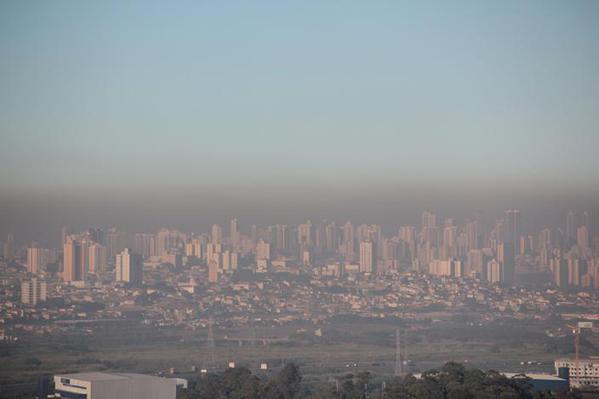It's been long believed that cities with a lot of low-income people have the highest rates of asthma. City living, or the environment, has been implicated in many studies.
A study published in the January 20, 2015 online edition of the Journal of Allergy and Clinical Immunology said the issue is more complicated than where one lives. Poverty may be the real reason, along with a possible genetic component. In other words, it is not where you live, but how poor you are, that may increase your risk for asthma.
The study, titled “Neighborhood poverty, urban residence, race/ethnicity, and asthma: rethinking the inner-city asthma epidemic,” looked at 23,065 children across the country.
Black or Puerto Rican children were more likely to have asthma no matter where they lived. Children born outside of the U.S. were protected from developing asthma later, the researchers said.
The authors noted that U.S. poverty has been spreading in recent years to suburban areas. In fact, they found that there were now more asthmatic children living outside of what is considered “inner city” areas.
While certain urban environmental factors involving outdoor pollution, such as living near highways or manufacturing plants, are known to complicate asthma, the researchers said that poverty, not where you live, could play a role in asthma development in different ways. People with less money are probably more likely to:
- smoke
- breastfeed for a shorter amount of time
- have a poorer diet
- have more psychological stress
- be exposed to more indoor allergens
These factors would come into play whether you lived in the city or a suburb.
Why is this study important? If programs aimed at keeping people with asthma healthy only happen in big cities, the authors note other people who could use help won't get it. More research is needed to understand how the differences between rural and suburban living affect asthma.



Comments (0)